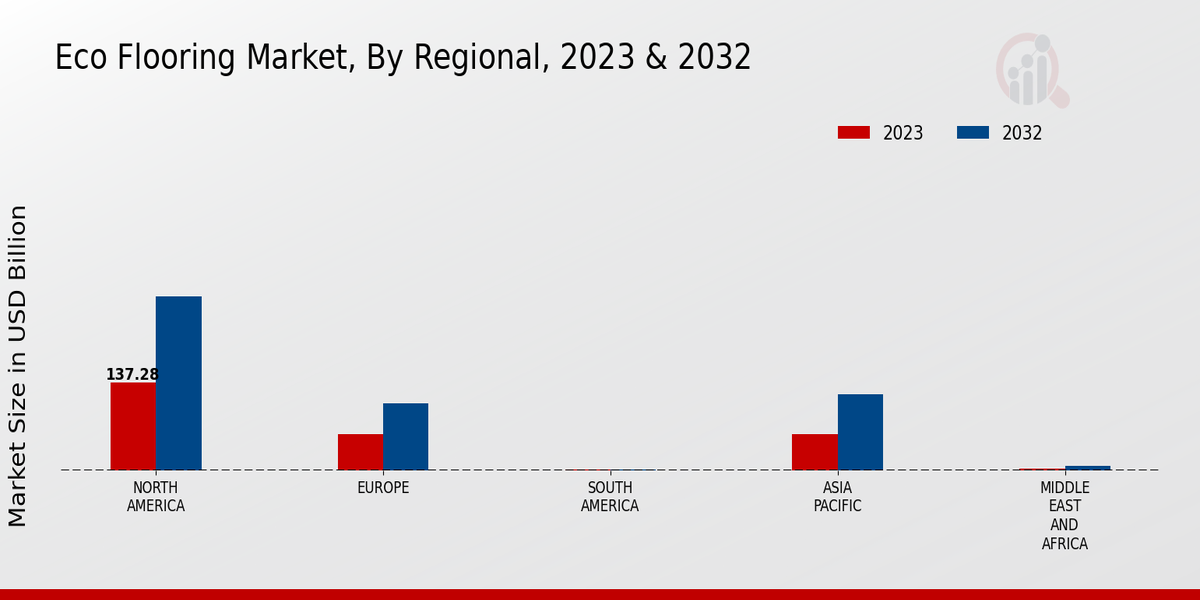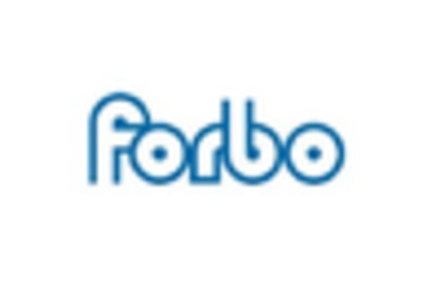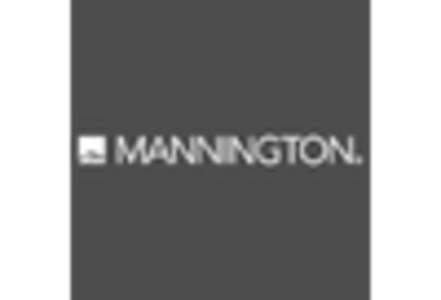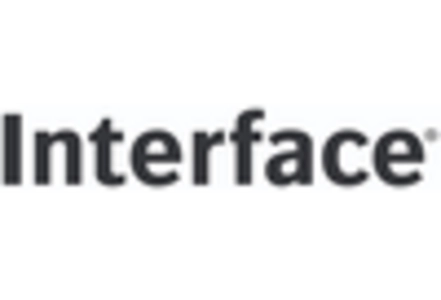Government Regulations
Government regulations aimed at promoting sustainable building practices significantly influence the Global Eco-flooring Market Industry. Many countries are implementing stricter environmental standards and incentives for using eco-friendly materials in construction and renovation projects. For instance, various jurisdictions offer tax credits or grants for utilizing sustainable flooring solutions. These regulations not only enhance market growth but also ensure that eco-flooring products meet specific environmental criteria. As a result, the market is expected to expand, with projections indicating a value of 630.5 USD Billion by 2035, driven by compliance with these evolving regulations.
Market Diversification
Market diversification within the Global Eco-flooring Market Industry is a notable driver of growth. As manufacturers expand their product lines to include a wider range of eco-friendly flooring options, consumers benefit from increased choices that cater to various aesthetic and functional preferences. This diversification includes the introduction of innovative materials and designs that appeal to both residential and commercial sectors. By offering products that meet diverse consumer needs, companies can capture a larger market share and stimulate further interest in eco-friendly flooring solutions. This trend is expected to contribute to the overall expansion of the market in the coming years.
Sustainability Awareness
The growing awareness of environmental sustainability among consumers is a primary driver of the Global Eco-flooring Market Industry. As individuals and organizations increasingly prioritize eco-friendly products, the demand for sustainable flooring options rises. This trend is reflected in the projected market value of 296.2 USD Billion in 2024, indicating a robust interest in environmentally responsible choices. Consumers are more inclined to select materials that minimize ecological impact, such as bamboo, cork, and recycled materials. This shift in consumer behavior not only influences purchasing decisions but also encourages manufacturers to innovate and expand their eco-friendly product lines.
Market Growth Projections
The Global Eco-flooring Market Industry is projected to experience substantial growth, with estimates indicating a market value of 296.2 USD Billion in 2024 and a remarkable increase to 630.5 USD Billion by 2035. This growth trajectory suggests a strong and sustained demand for eco-friendly flooring solutions, driven by various factors such as sustainability awareness, government regulations, and technological advancements. The anticipated CAGR of 7.11% from 2025 to 2035 further underscores the market's potential for expansion. As consumers and businesses increasingly prioritize sustainable practices, the eco-flooring sector is poised for significant development in the coming years.
Health and Wellness Trends
The rising focus on health and wellness among consumers is driving demand for eco-friendly flooring options in the Global Eco-flooring Market Industry. Many traditional flooring materials contain harmful chemicals that can negatively impact indoor air quality. In contrast, eco-flooring products, such as natural linoleum and bamboo, are often free from volatile organic compounds (VOCs) and other harmful substances. This growing preference for healthier living environments encourages consumers to invest in sustainable flooring solutions. As awareness of the health benefits associated with eco-friendly materials continues to spread, the market is likely to see increased growth and diversification in product offerings.
Technological Advancements
Technological advancements in manufacturing processes and materials are propelling the Global Eco-flooring Market Industry forward. Innovations such as improved recycling techniques and the development of new sustainable materials enhance the quality and performance of eco-flooring products. For example, advancements in laminate flooring technology allow for the use of recycled wood fibers, reducing waste and promoting sustainability. These innovations not only meet consumer demand for high-quality products but also contribute to the overall growth of the market, which is anticipated to experience a CAGR of 7.11% from 2025 to 2035, reflecting the increasing integration of technology in eco-friendly flooring solutions.
























Leave a Comment